Osteoarthritis (OA) is a degenerative joint disease affecting millions globally, traditionally managed with pain medication or invasive joint replacement surgery. Stem cell therapy has emerged as a revolutionary regenerative medicine option, offering the potential to repair damaged cartilage and reduce inflammation without the downtime of major surgery.
This comprehensive guide explores everything you need to know about stem cell treatment for osteoarthritis, from success rates and procedure steps to a detailed cost breakdown in top medical tourism destinations like Mexico and Turkey.
Key Takeaways
-
Significant Cost Savings: Patients from the US, UK, and Canada can save 50%–75% by choosing stem cell therapy in destinations like Mexico, Turkey, or Colombia compared to domestic prices.
-
Comprehensive Packages: International packages typically include the procedure, airport transfers, translation services, and sometimes accommodation, providing a hassle-free medical travel experience.
-
Regenerative Potential: Unlike painkillers that mask symptoms, mesenchymal stem cells (MSCs) target the root cause by reducing inflammation and potentially regenerating cartilage tissue.
-
Global Cost Overview:
-
Mexico (Tijuana/Cancun): $3,500 – $8,000 USD (per joint/session)
-
Turkey (Istanbul): $2,500 – $7,000 USD (often includes accommodation)
-
Colombia (Medellin/Bogota): $4,000 – $9,000 USD
-
Thailand (Bangkok): $5,000 – $10,000 USD
-
United States: $15,000 – $50,000+ USD (rarely covered by insurance)
-
What is Stem Cell Therapy for Osteoarthritis?
Stem cell therapy is a form of regenerative medicine that uses the body's own raw materials—stem cells—to reduce inflammation and promote the repair of diseased joint tissues. It is designed to delay or prevent the need for knee or hip replacement surgery.
The Science Behind the Cure
Stem cell injections for osteoarthritis work by harnessing the unique ability of mesenchymal stem cells (MSCs) to differentiate into various cell types, including chondrocytes (cartilage cells). When injected into an arthritic joint, these cells perform two critical functions:
-
Anti-inflammatory signaling: They release cytokines and growth factors that drastically reduce the chronic inflammation causing pain.
-
Tissue Regeneration: They potentially stimulate the growth of new cartilage tissue to cushion the joint.
Expert Insight
"Stem cell therapy is not just about regrowing cartilage; it's about changing the environment of the joint from catabolic (breaking down) to anabolic (building up). Patients typically see the peak benefit around the 6-month mark, with results lasting anywhere from 2 to 5 years."
Types of Stem Cells Used
Not all stem cell treatments are the same. The source of the cells significantly affects the cost and potential outcome:
-
Autologous Stem Cells: Harvested from the patient's own body.
-
Adipose-derived (Fat): Extracted via mini-liposuction. High yield of stem cells.
-
Bone Marrow-derived: Extracted from the pelvic bone. Considered the "gold standard" by many orthopedists.
-
-
Allogeneic Stem Cells: Harvested from a donor (usually umbilical cord tissue or Wharton’s Jelly). These are potent, "young" cells often used in international clinics due to less restrictive regulations compared to the US.
Effectiveness and Success Rates: Is It Worth It?
Clinical studies suggest that 70-80% of patients experience significant pain reduction and improved mobility within 3 to 6 months post-treatment. While not a "magic bullet" for everyone, it is highly effective for mild to moderate osteoarthritis.
Real-World Outcomes
Research indicates that regenerative therapy is most effective for patients with:
-
Kellgren-Lawrence Grade 2 or 3 Osteoarthritis (mild to moderate degeneration).
-
Chronic pain that has not responded to physical therapy or standard cortisone injections.
-
A desire to avoid the long recovery times associated with Total Knee Arthroplasty (TKA).
Did You Know?
Elite athletes often use stem cell therapy to extend their careers. The treatment helps heal micro-tears in ligaments and cartilage before they become career-ending injuries.
The Procedure: Step-by-Step Guide
The entire process is an outpatient procedure taking 3–4 hours. It involves harvesting the cells (if autologous), processing them in a lab to concentrate the healing factors, and precisely injecting them into the affected joint using ultrasound guidance.
Preparation and Harvesting
For autologous treatments, the doctor will first numb the extraction site.
-
Bone Marrow: A needle is inserted into the iliac crest (hip bone) to draw marrow.
-
Adipose: A small liposuction is performed, usually on the abdomen.
-
Note: If using umbilical cord stem cells, this step is skipped, shortening the procedure time.
Processing and Concentration
The harvested tissue is spun in a centrifuge. This separates the stem cells and platelet-rich plasma (PRP) from red blood cells and other impurities. The result is a highly concentrated "soup" of regenerative cells.
Injection
Using fluoroscopy or ultrasound imaging for accuracy, the physician injects the concentrate directly into the joint capsule. This ensures the cells are placed exactly where the cartilage damage is most severe.
Recovery
Patients walk out of the clinic the same day. Most are advised to rest for 24–48 hours and avoid strenuous impact activities for 4–6 weeks to allow the cells to attach and begin their work.
Cost of Stem Cell Therapy for Osteoarthritis (2025 Global Comparison)
The cost of stem cell therapy typically ranges from $3,000 to $8,000 abroad, compared to $15,000 to $50,000 in the US. Price variance depends on the number of joints treated, the cell source (bone marrow vs. umbilical), and the inclusion of rehabilitation protocols.
Why Is It Cheaper Abroad?
Lower costs in countries like Mexico and Turkey are due to lower cost of living, lower malpractice insurance rates, and government support for medical tourism—not lower quality. In fact, regulations in these countries often allow for the expansion (culturing) of cells, providing a higher cell count than what is legally permitted in the US.
Global Price Comparison Table
|
Country |
Procedure Cost (Avg.) |
Inclusions Comparison |
Cell Types Available |
|---|---|---|---|
|
USA |
$15,000 - $50,000 |
Procedure only (Often hidden fees) |
Bone Marrow, Adipose (Strict FDA limits) |
|
Mexico |
$3,500 - $8,000 |
Consult, Transfers, Hotel (often) |
Bone Marrow, Adipose, Cultured Umbilical |
|
Turkey |
$2,500 - $7,000 |
All-Inclusive Packages (Hotel + Transport) |
Bone Marrow, Adipose, Umbilical |
|
Colombia |
$4,000 - $9,000 |
Consult, VIP Transport |
Adipose, Umbilical (High cell counts) |
|
Thailand |
$5,000 - $10,000 |
5-Star Hospital Stay, Wellness |
Adipose, Peripheral Blood |
LSI Keywords: Stem cell knee injections cost, affordable regenerative medicine, joint pain relief price, medical tourism for arthritis.
Best Destinations for Stem Cell Joint Repair
Mexico, Turkey, and Colombia are currently the top destinations for stem cell joint therapy. They offer advanced laboratories, English-speaking specialists, and regulatory frameworks that permit the use of high-dose expanded stem cells.
Mexico (Tijuana, Los Algodones, Cancun)
Mexico is the #1 destination for North Americans. Clinics in Tijuana and Cancun utilize expanded mesenchymal stem cells, allowing for dosages of 100 million+ cells per treatment, which is significantly higher than typical US treatments.
-
Pros: Proximity to US, advanced cell expansion technology, culturally compatible care.
Turkey (Istanbul)
Turkey combines world-class healthcare infrastructure with tourism. Turkish hospitals are often JCI-accredited and offer "medical holiday" packages where you can recover in luxury.
-
Pros: Unbeatable package prices, highly experienced doctors, strict Ministry of Health oversight.
Colombia (Medellin)
Colombia has rapidly become a hub for biotechnology. Clinics in Medellin are famous for their bio-safety standards and use of Wharton’s Jelly stem cells for maximum potency.
-
Pros: High-quality donor cells, modern facilities, affordable costs.
Risks, Side Effects, and Safety Profile
Stem cell therapy is considered a safe, minimally invasive procedure with few serious risks. The most common side effects are temporary swelling and mild pain at the injection site, which typically resolve within days.
Because the treatment often uses your own cells (autologous) or immune-privileged donor cells (umbilical), the risk of rejection is virtually non-existent.
Common Side Effects
-
Joint Swelling: A natural inflammatory response indicating the healing process has begun.
-
Stiffness: May last for 24–48 hours.
-
Injection Site Pain: Mild soreness where the needle entered.
Rare Risks
-
Infection: Less than 1% risk when performed in a sterile, accredited clinic.
-
Nerve Damage: Rare, minimized by using ultrasound guidance.
Alternatives to Stem Cell Therapy
While stem cells are powerful, they are part of a spectrum of treatments. Alternatives include Platelet-Rich Plasma (PRP) for milder cases and Total Joint Replacement for severe, bone-on-bone arthritis.
Comparison of Treatments
|
Feature |
Stem Cell Therapy |
PRP Therapy |
Joint Replacement Surgery |
|---|---|---|---|
|
Best For |
Moderate OA, Cartilage loss |
Mild OA, Tendonitis |
Severe (Bone-on-Bone) OA |
|
Invasiveness |
Low (Injection) |
Low (Injection) |
High (Major Surgery) |
|
Recovery Time |
2–5 Days |
1–2 Days |
3–6 Months |
|
Cost |
$$$($3k - $8k) |
$$ ($500 - $2k) |
$$$$ ($30k - $60k) |
|
Mechanism |
Regeneration & Repair |
Growth Factor Stimulation |
Mechanical Replacement |
Frequently Asked Questions (People Also Ask)
Is stem cell therapy for knees FDA approved?
In the United States, the FDA regulates stem cell products heavily. Most "off-the-shelf" stem cell products are not FDA-approved for orthopedic use, though the procedure of using a patient's own cells is permitted under specific "minimally manipulated" guidelines. In countries like Mexico and Japan, regulations specifically allow for expanded stem cell cultures, which many experts believe offers superior results.
How long does stem cell therapy last for knees?
The results are not permanent but are long-lasting. Most patients experience significant relief for 2 to 5 years. Factors influencing longevity include the patient's weight, activity level, and the severity of the arthritis at the time of treatment. Repeat injections can be administered if needed.
Can stem cells regrow cartilage completely?
No treatment can currently "regrow" a completely worn-away knee joint (bone-on-bone) to its original state. However, stem cells can regenerate cartilage volume in mild to moderate cases and significantly improve the quality of the remaining tissue, reducing pain and friction.
What is the success rate of stem cell therapy for hips?
Success rates for hip osteoarthritis are generally slightly lower than for knees, hovering around 65–70%. The hip joint is deeper and harder to access, making ultrasound or fluoroscopic guidance mandatory for success.
Is the procedure painful?
Most patients report only mild discomfort. Local anesthesia is used for both the harvesting (liposuction or bone marrow aspiration) and the injection. Post-procedure soreness feels similar to a bruise or a heavy workout and is easily managed with over-the-counter pain relievers.
Does insurance cover stem cell therapy?
Generally, no. Most insurance companies in the US and Europe consider stem cell therapy for osteoarthritis "experimental" and do not cover it. This lack of coverage is a primary driver for patients seeking affordable options abroad through medical tourism.
Ready to Restore Your Mobility?
Don't let joint pain dictate your life. PlacidWay connects you with the world's leading stem cell clinics in Mexico, Turkey, and beyond, ensuring you receive elite care at a fraction of the cost.
Why Choose PlacidWay?
-
Certified Clinics: We verify credentials, safety records, and patient reviews.
-
Transparent Pricing: Get a free, no-obligation quote with no hidden fees.
-
Global Network: Access top specialists in over 50 countries.

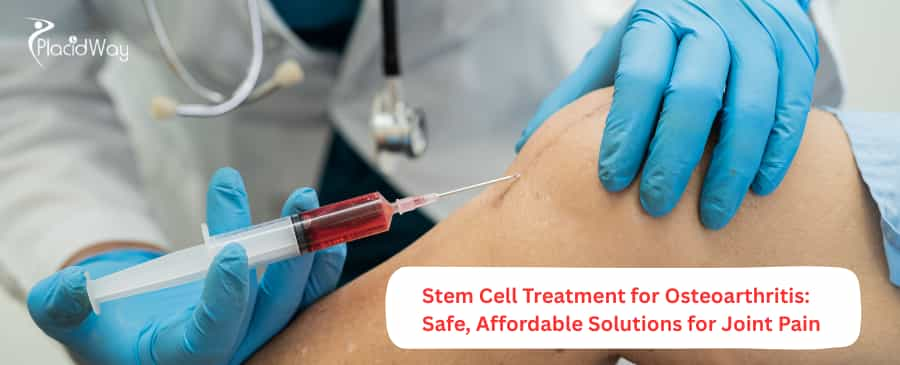

.png)



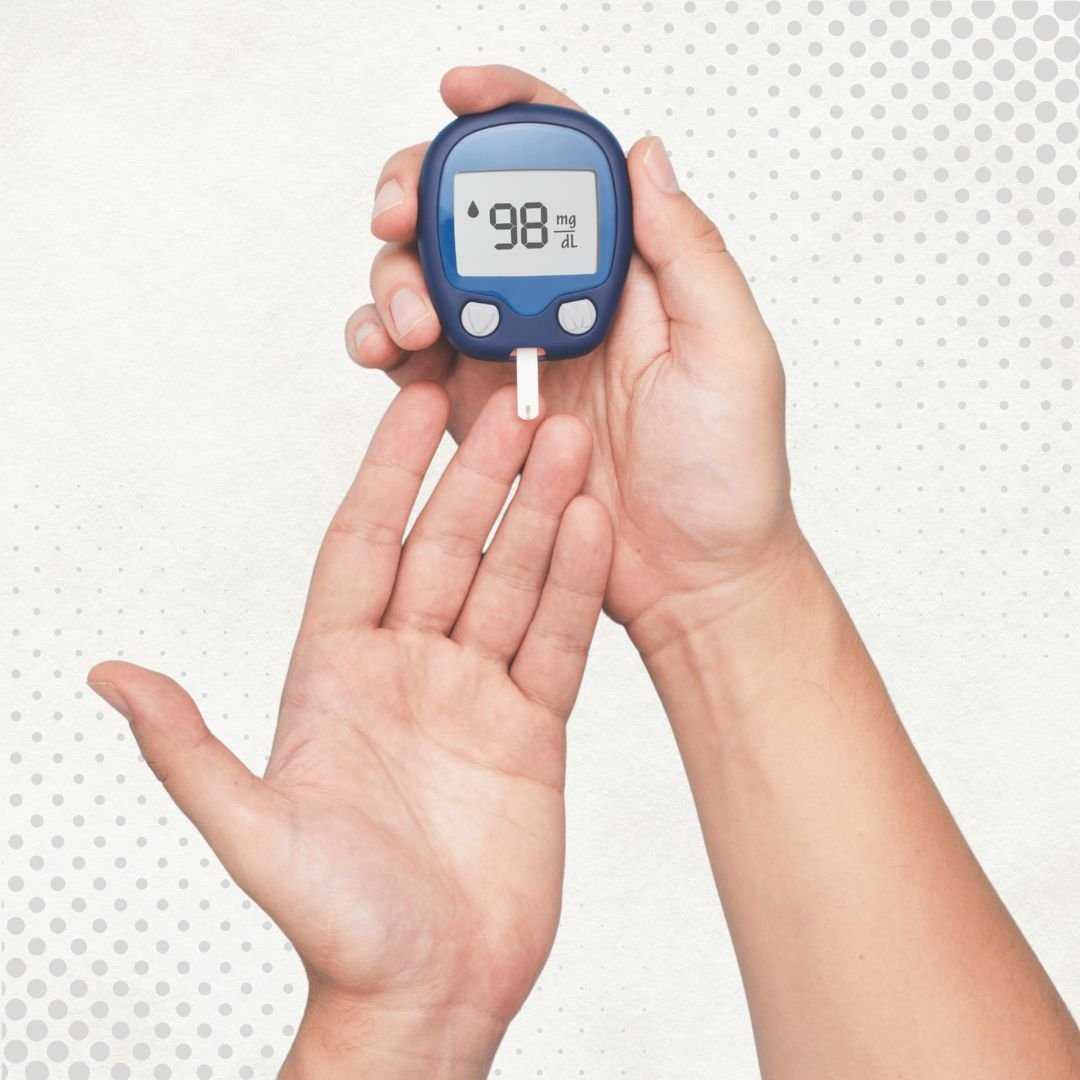
.png)
.png)
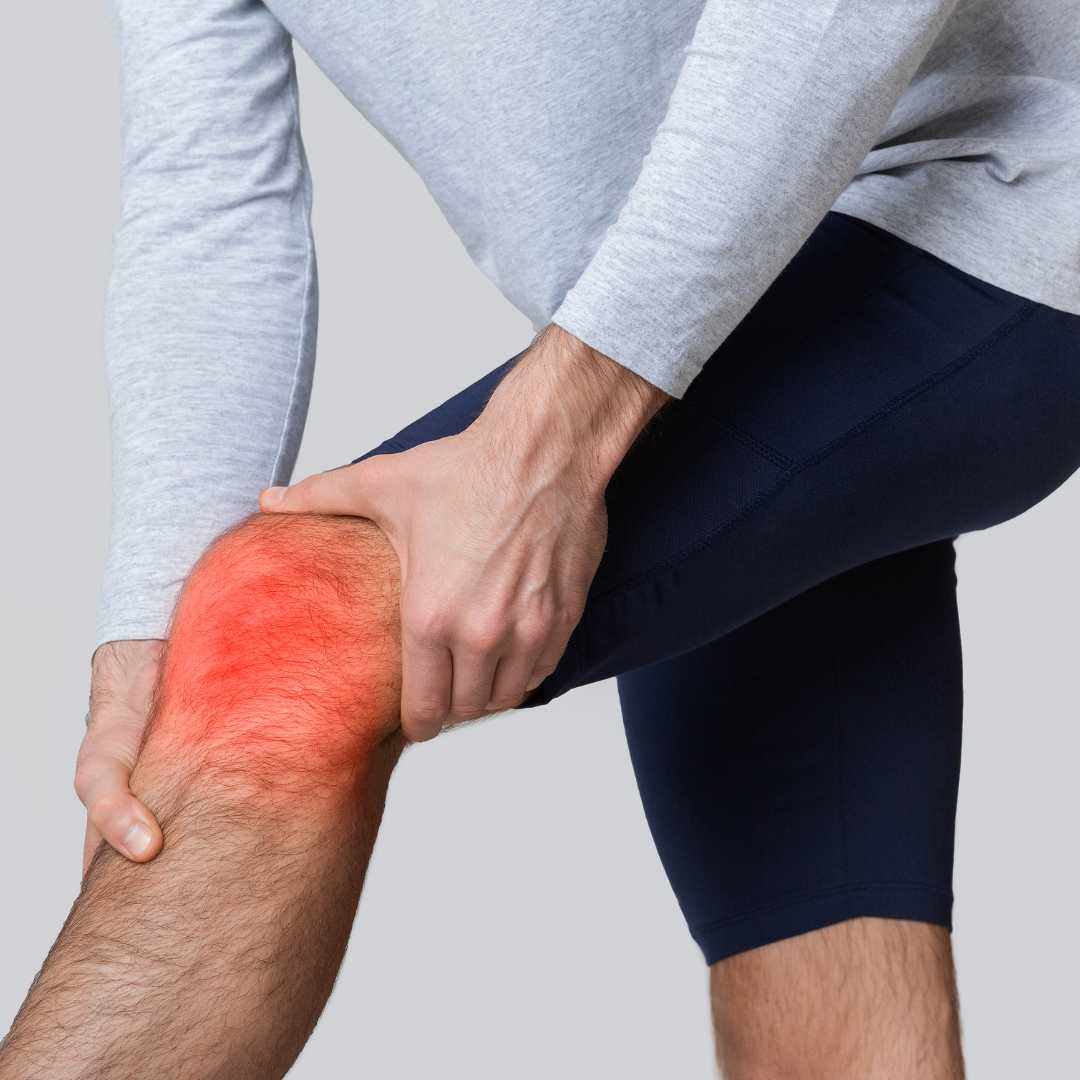

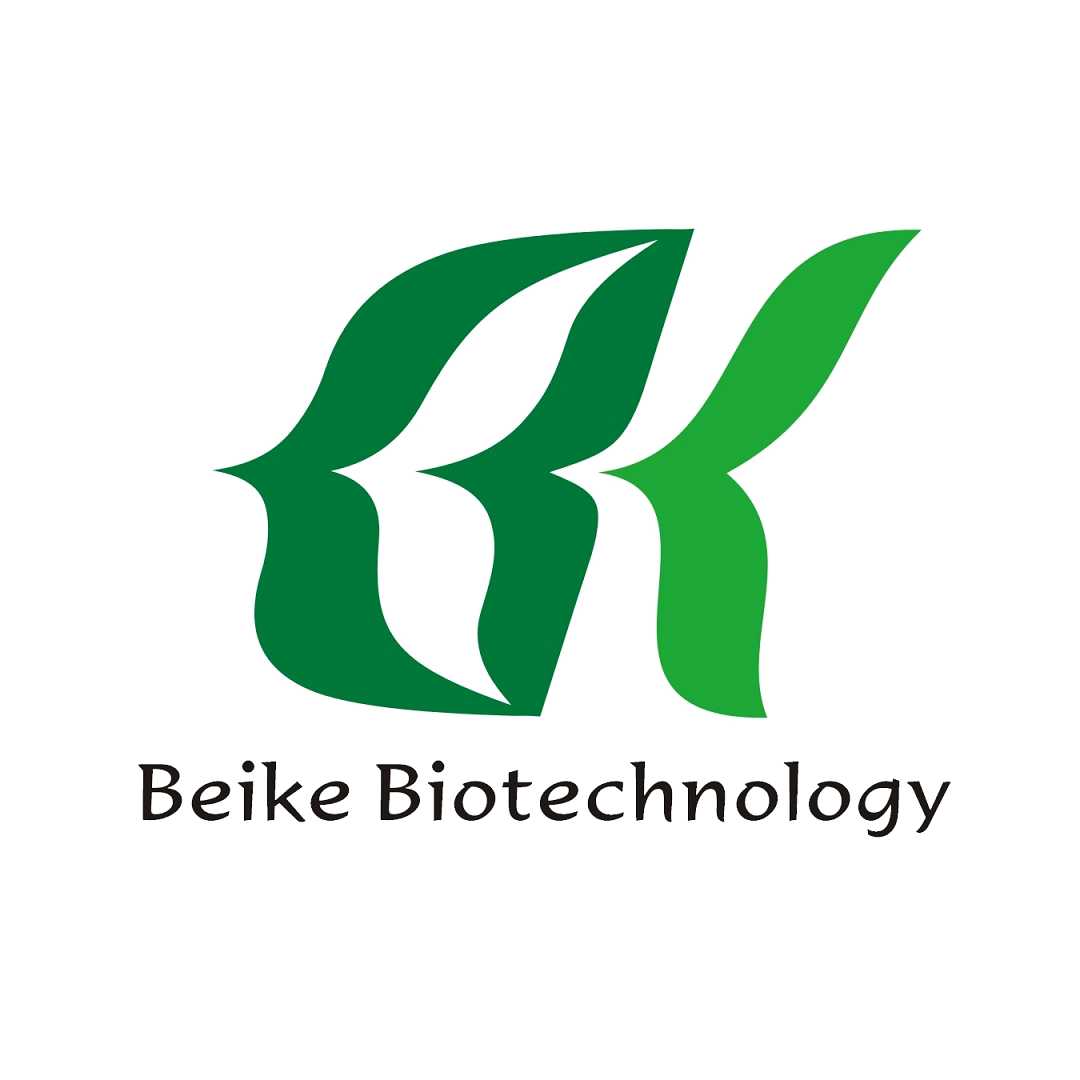
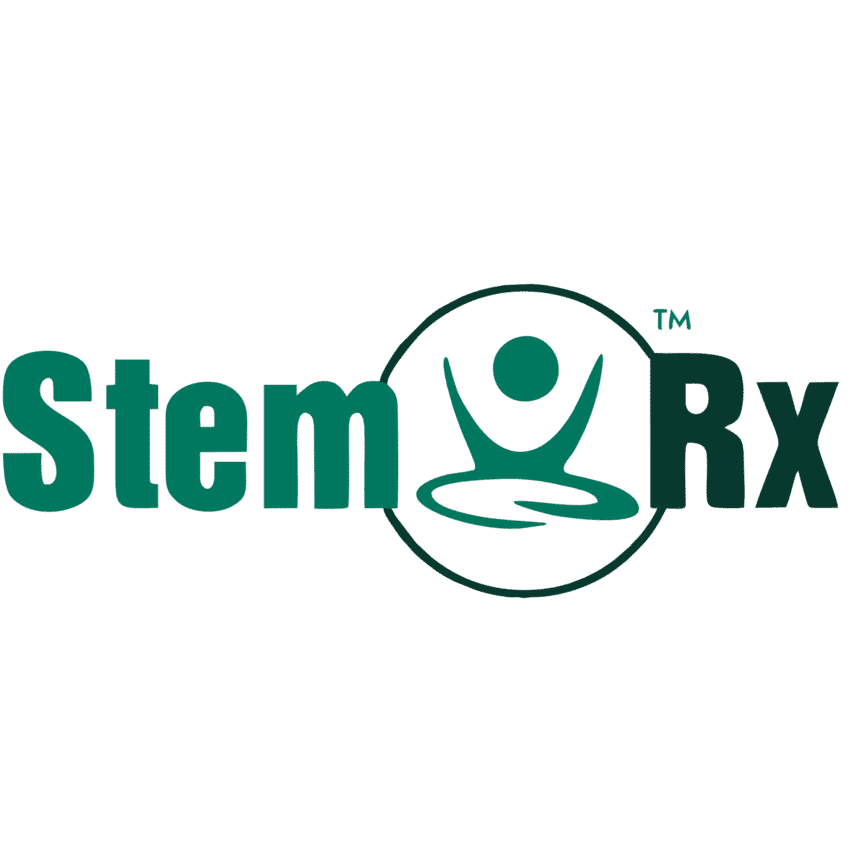
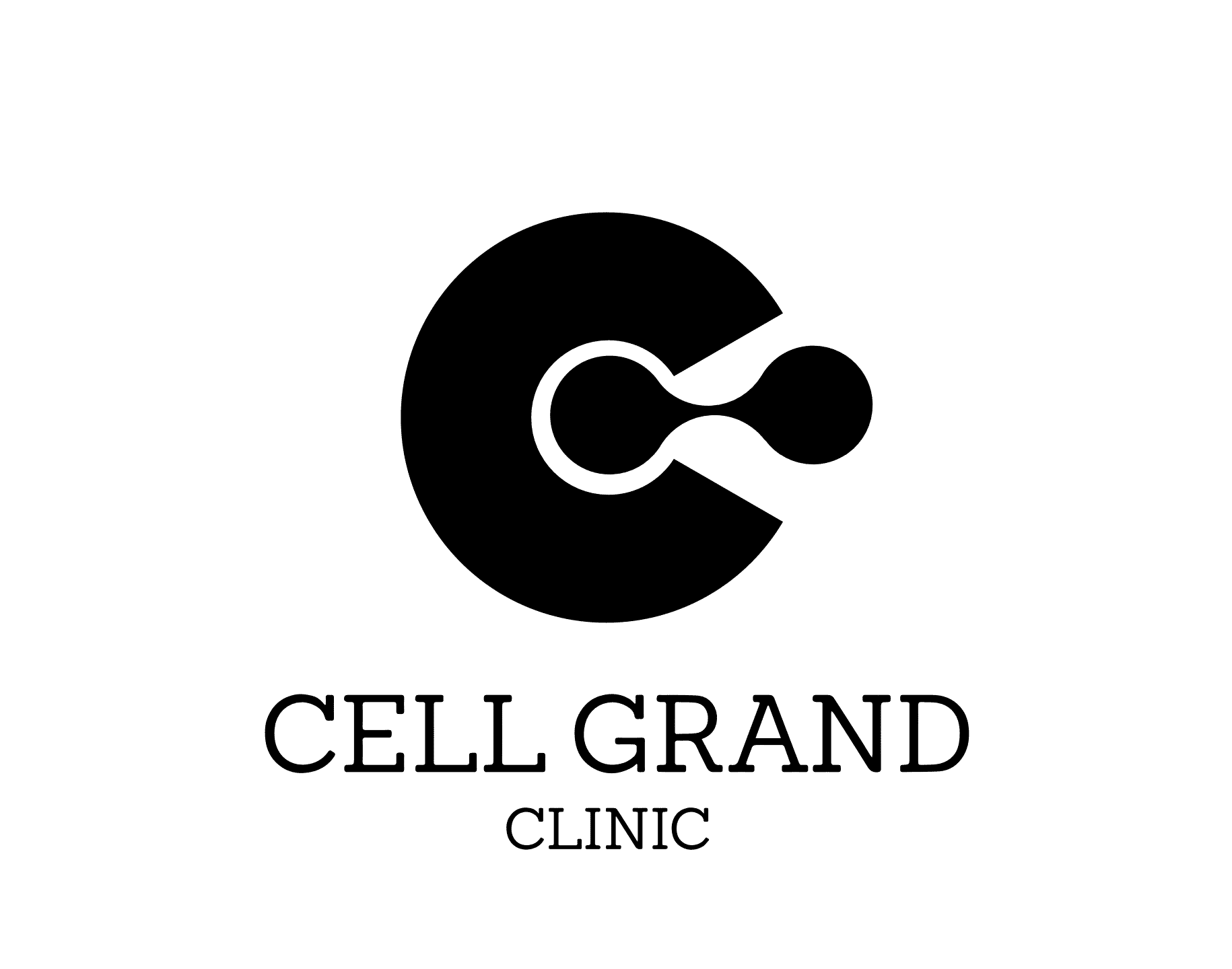
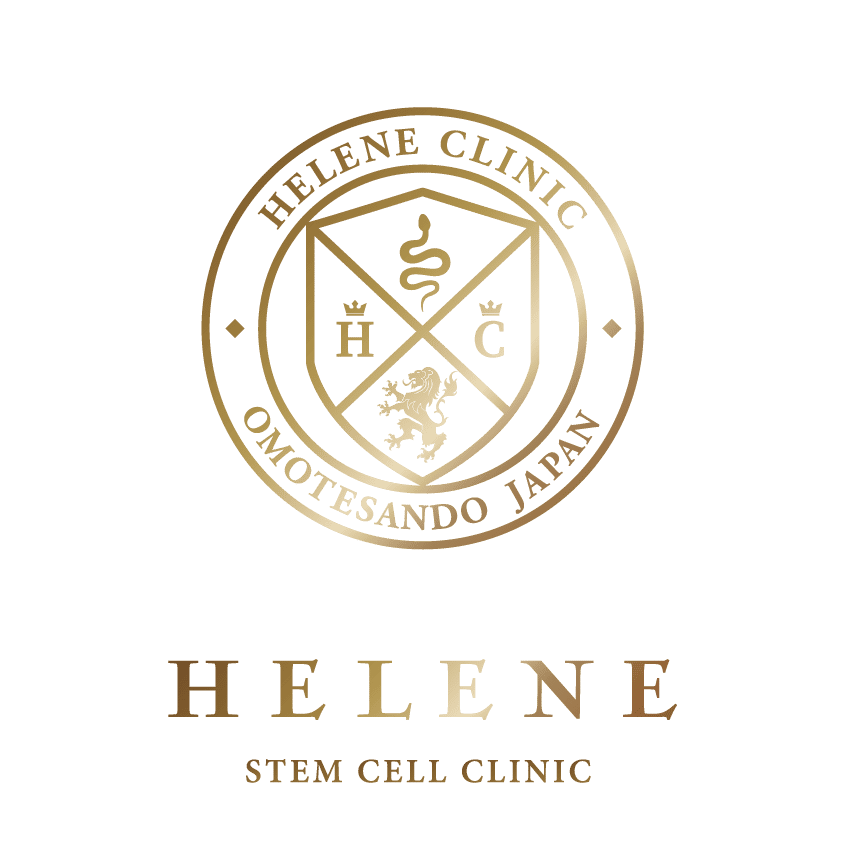

Share this listing